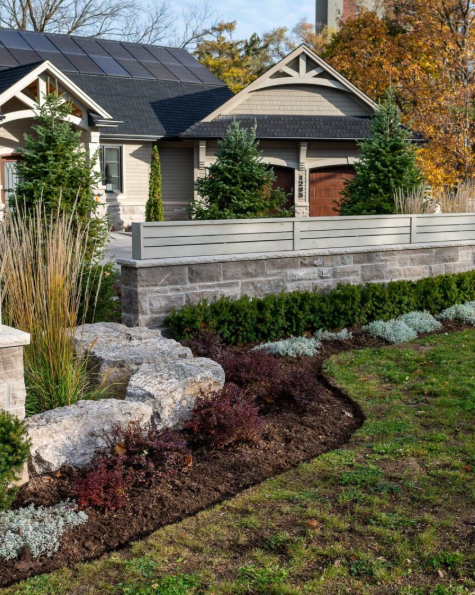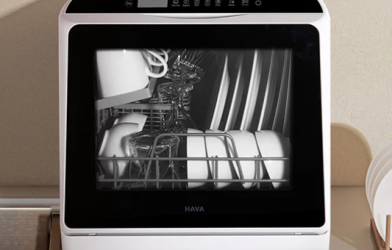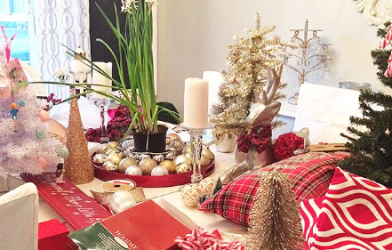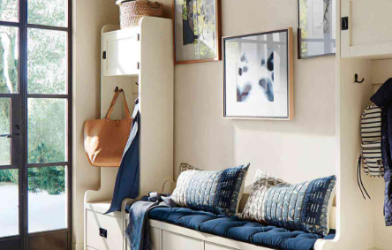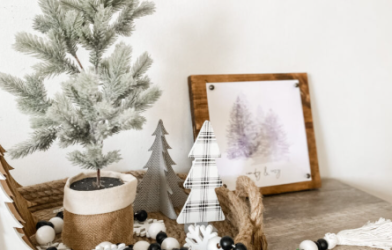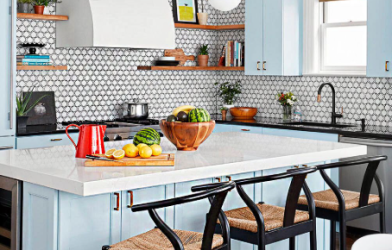Subtotal $0.00
When I set out to design the front entrance of a garden, I know I’ve hit the mark when:
- A passerby slows down to admire the space,
- They lean in for a closer look,
- And pull out their phone to snap a picture!
A front entry garden is like a welcoming mat for your home, offering a glimpse into what’s inside. But more importantly, it’s about creating a space that makes you smile every time you pull into your driveway or walk up to your door. It’s your chance to set the tone for the rest of the garden, reflecting your personality and style.
When it came time to redesign my own front entry garden, I knew I had to make it a space that felt uniquely mine.
The Challenge of Designing a Larger Space
My new front garden is a far cry from my previous one. While I adored my old garden, it was much smaller and easy to see from the street. Now, I’m working with a much larger space—about half an acre—with a long, winding driveway cutting through the center, flanked by planting beds on either side.
Before you even step onto the driveway, you must pass through two triangular garden beds that are positioned at the entrance. These symmetrical beds, along with matching brick pillars, give the area a very formal feel. And if you know me, you know formal isn’t my style!
I wanted the garden to be more relaxed and reflect the rest of my informal landscape. However, I was faced with several challenges. For one, the area is wide open, making it easy for deer to browse the plants, so everything had to be deer-resistant. Additionally, the garden needed to remain visually appealing year-round, which required thoughtful plant choices for all seasons.
Finally, there was the issue of the high water table. The ground at street level slopes down into my front garden, and there’s a 12-inch strip of soil that becomes a swamp during the winter months. After the rains stop, the soil dries out and becomes rock hard due to its high clay content. It was a tricky situation, but I found a solution by amending the soil and choosing plants that could thrive in both wet and dry conditions.
Plants That Thrived
To help you envision this transformation, here are some of the plants that performed exceptionally well in my front entry garden:
- Moisture-Loving Plants:
- Amsonia hubrichtii (Bluestar)
- Pennisetum ‘Fairy Tails’ – A pleasant surprise, as I thought these grasses preferred dry conditions, but they thrived in the moist environment.
- Hydrangea paniculata ‘Little Lime’ – Adds a lovely soft touch to the area.
- Carex tenuiculmis ‘Cappuccino’ – A beautiful grass that changes color through the seasons, turning a pinky-red in the fall.
- Drought-Tolerant Plants:
- Existing barberry plants (which we relocated).
- Euphorbia ceratocarpa – This striking chartreuse plant steals the spotlight wherever it’s planted.
- Plants That Bridge the Wet & Dry Zones:
- Ajuga ‘Mahogany’ – A ground cover that works well in both conditions.
- Nandina – These were also relocated, adding height and structure.
- Ilex ‘Sky Pencil’ – The perfect narrow, tall plant for framing the brick pillars.
- Acer palmatum ‘Atropurpureum’ – A drought-tolerant Japanese maple that does well in the hot sun.
Facing the Elephant in the Room: The Fire Hydrant
Now, let’s talk about the obvious eyesore in the area—the bright yellow fire hydrant. No amount of clever planting could completely hide it, and with the increasing risk of wildfires in my area, I decided it was best to leave it visible.
So, instead of fighting it, I embraced the hydrant’s bold color. I worked with the yellow by choosing plants that would complement it. Bright yellow flowers from helenium ‘Mardi Gras’ and euphorbia ceratocarpa surround the hydrant in spring and summer, while rudbeckia triloba and the fall foliage of amsonnia add more yellow hues during late summer and early fall.
In winter, when these plants are dormant, the hydrant provides a bit of color and cheer, ensuring the space remains lively year-round. After all, if the fire hydrant at Wave Hill can look good, why not mine?
The Plant Relocation Mission
As part of the redesign, we couldn’t bear to throw out the few healthy plants that were already in place—mostly overgrown boxwoods, thorny barberry, and nandinas. Instead, my husband took on the tough task of digging them up and relocating them to better spots in the garden. Amazingly, every single plant survived the move, proving that with a bit of effort, you can successfully relocate even mature plants.
Conclusion
Redesigning my front entry garden has been a rewarding and challenging experience. It’s a space that not only reflects my personality but also meets the practical needs of my environment. Whether it’s dealing with deer, managing a tricky water table, or embracing a bright yellow fire hydrant, this garden makeover has been a true labor of love. And every time I see it, I’m reminded of how a garden, just like a welcoming front door, should always make you smile.





